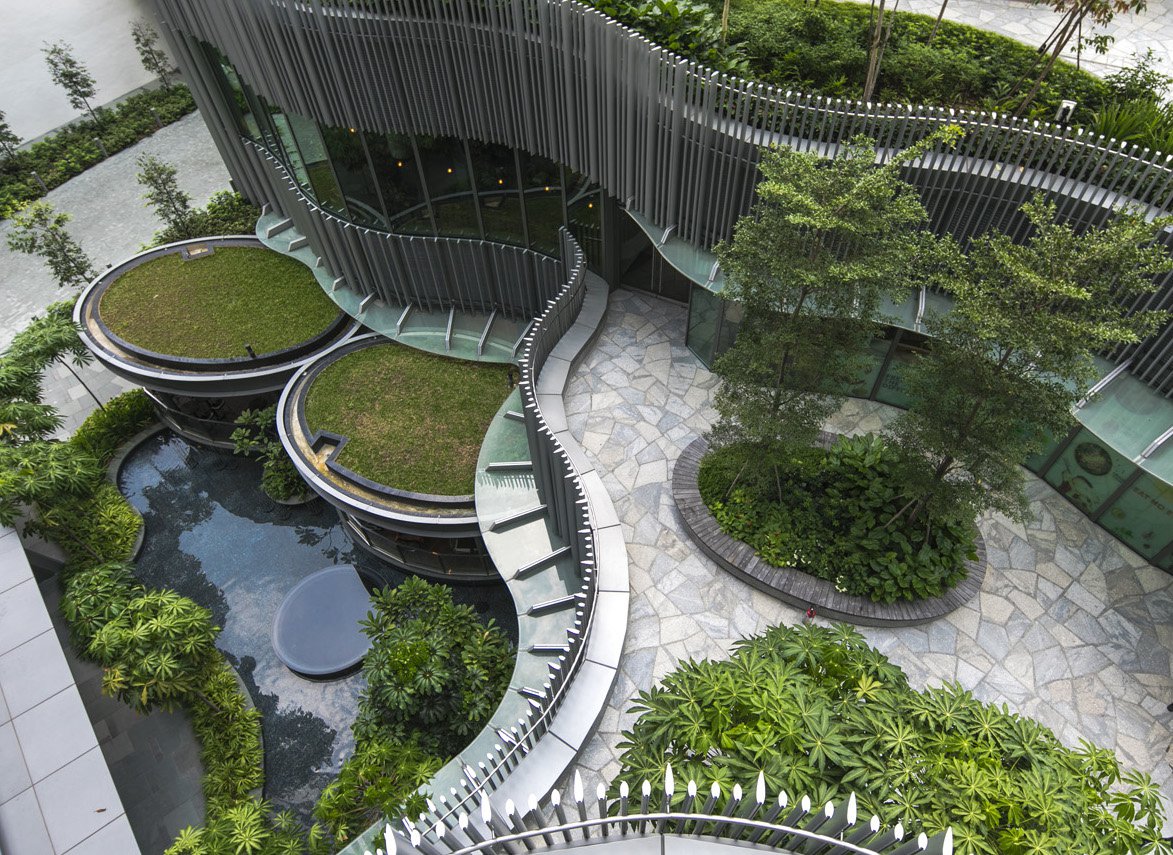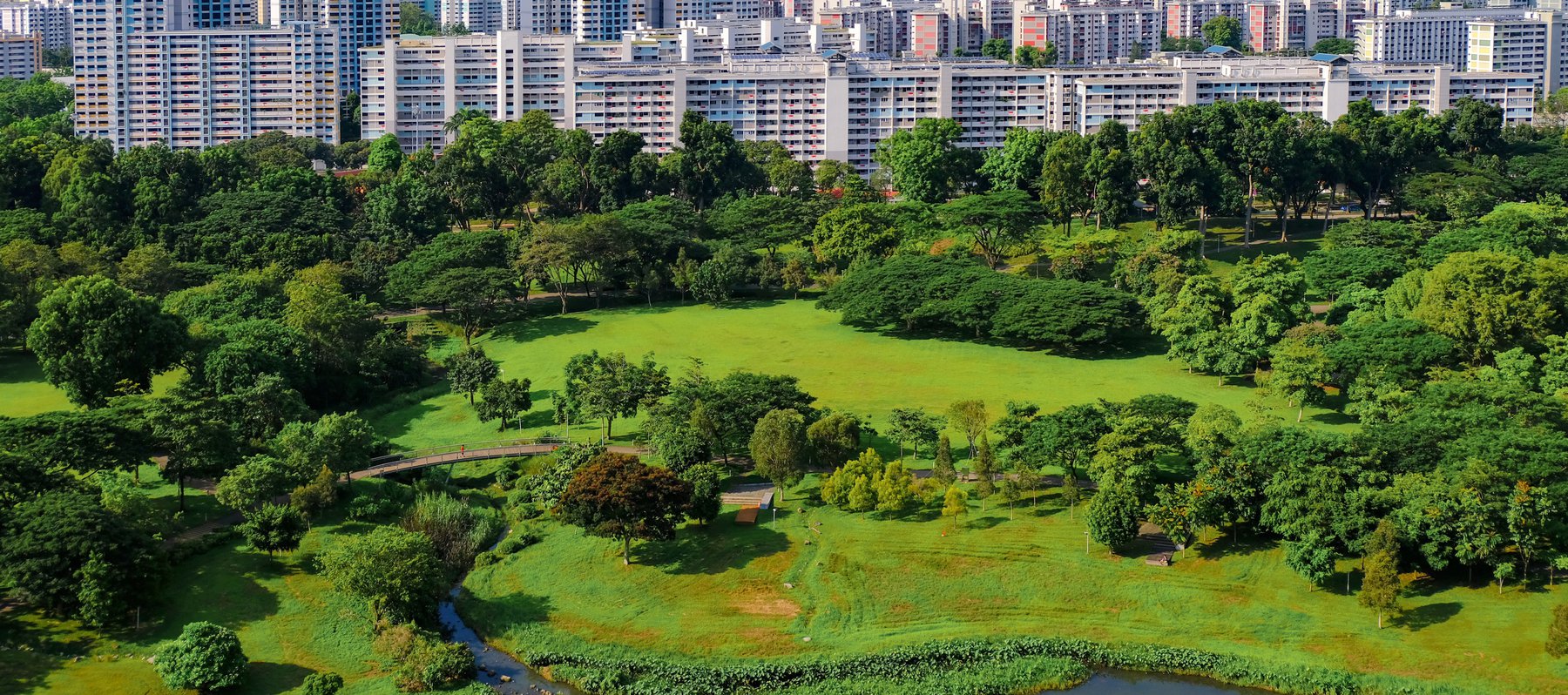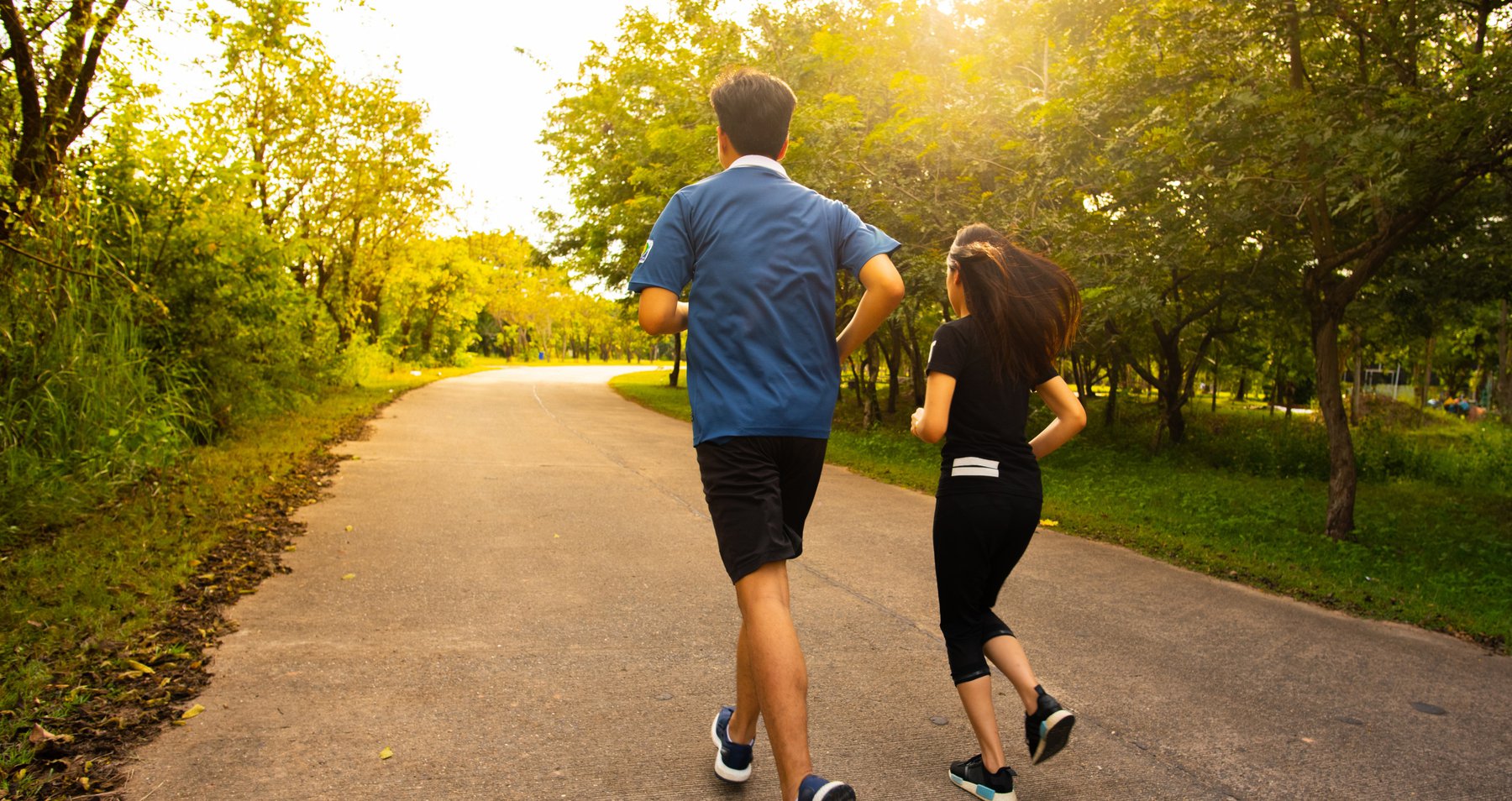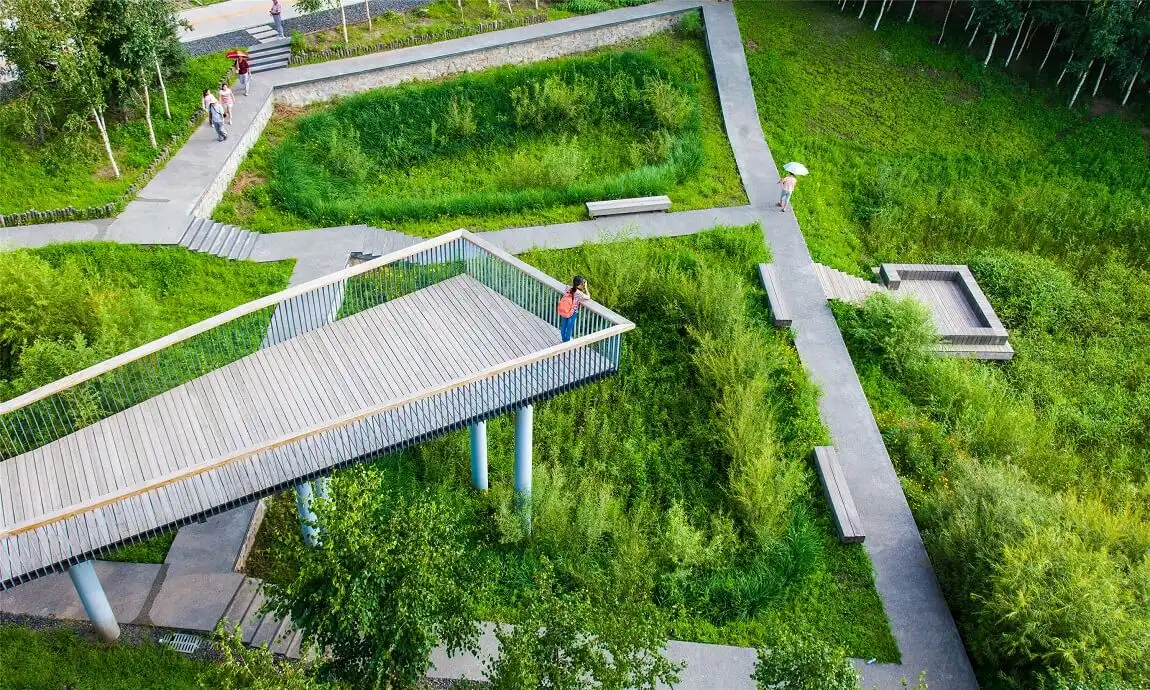
Future
Parks and Recreation
April 18, 2022
As our cities become more densely populated and the impact of climate change intensifies, parks and public lands will take on greater significance. In addition to being sites of recreational activities and community engagement, parks provide environmental benefits by reducing surface temperature, protecting groundwater, regulating stormwater and purifying the air we breathe. Spending time in nature has a positive impact on physical and mental health.
According to UN Habitat, cities produce more than 60 percent of greenhouse gas emissions despite accounting for less than 2 percent of the Earth’s surface area. The constant development and occupation of open spaces leads to a higher concentration of greenhouse gases, exacerbating the climate crisis. Most climate change projections do not take the urban surface into account and surface temperature is demonstrably higher in densely urbanised areas. The greening of urban spaces is therefore critical to reducing localised temperature levels.
According to UN Habitat, cities produce more than 60 percent of greenhouse gas emissions despite accounting for less than 2 percent of the Earth’s surface area. The constant development and occupation of open spaces leads to a higher concentration of greenhouse gases, exacerbating the climate crisis. Most climate change projections do not take the urban surface into account and surface temperature is demonstrably higher in densely urbanised areas. The greening of urban spaces is therefore critical to reducing localised temperature levels.

While adding green pockets to existing cities is one way to approach this problem, another could be to reimagine the urban landscape itself as a “City in Nature”. An example of this is Singapore’s greening journey, which began in 1967 with the vision of making Singapore a "garden city". Kicking off with mass-planting programmes, this journey has now led to the incorporation of greenery in all aspects of urban development in the form of parks, nature reserves, playgrounds, vertical gardens, and so forth. Today, the National Parks Board (NParks) acts as one of the main pillars of Singapore’s Green Plan 2030, aimed at building a nation where residents will be able to enjoy a liveable, sustainable and climate resilient Singapore.
With the pandemic leading to major shifts in how public spaces are used, open gardens and parks have proven to be lifelines for many across the globe. Urban green spaces have contributed to enhancing individual and community resilience during these stressful times. Spending time in nature increases physical activity and betters the overall physical and mental health of city-dwellers.
The importance of green spaces has also been recognised by the UK Government’s “25-year plan to improve the environment” which acknowledges the essential role that the natural environment plays in people’s physical and mental health. This plan also notes that access to quality green spaces depends on where one lives, and that economically deprived areas often have less available green space. The conversation of accessibility should extend to ensuring that green spaces are designed for people of all age groups, genders, socio-economic backgrounds and differing abilities. While ramps and dedicated pathways are some elements that could be added to make them more physically inclusive, it is also important that people from all backgrounds feel welcome in these spaces. Smaller pockets of communal spaces within the green scapes could enable gatherings of various scales and purposes.
With the pandemic leading to major shifts in how public spaces are used, open gardens and parks have proven to be lifelines for many across the globe. Urban green spaces have contributed to enhancing individual and community resilience during these stressful times. Spending time in nature increases physical activity and betters the overall physical and mental health of city-dwellers.
The importance of green spaces has also been recognised by the UK Government’s “25-year plan to improve the environment” which acknowledges the essential role that the natural environment plays in people’s physical and mental health. This plan also notes that access to quality green spaces depends on where one lives, and that economically deprived areas often have less available green space. The conversation of accessibility should extend to ensuring that green spaces are designed for people of all age groups, genders, socio-economic backgrounds and differing abilities. While ramps and dedicated pathways are some elements that could be added to make them more physically inclusive, it is also important that people from all backgrounds feel welcome in these spaces. Smaller pockets of communal spaces within the green scapes could enable gatherings of various scales and purposes.

Besides leisure and recreation, green scapes can be used for activities like education and healthcare, with initiatives that bring the public and private sectors together. One such example is the Parks Exercise License provided by the UK government, which permits fitness trainers to use park space to run organised activities. This collaboration helps regulate the usage of public parks and promotes the physical health of its visitors, while simultaneously publicising the trainers on open sessions platforms and social media.
Moving forward, technology-aided planning could transform how we interact with nature in our cities. It could make these spaces multi-functional and include activities like remote work, outdoor learning, and physical education. Technology could be employed for a variety of tasks like providing public internet access to enable outdoor working environments, designing watering systems for maintaining greenery, or community activities like movie screenings. With our working culture being redefined and hybrid work arrangements being adopted, green areas can serve as spillover meeting spaces or semi-formal discussion spaces. Launched in 2019 by the Singapore government, the Landscape Sector Transformative Plan aims at elevating the landscape sector through “digitalisation, mechanisation and professionalisation”. This plan involves strengthening productivity through digitalisation and mechanisation, as well as enhancing professionalism through skills and technological advancement. It has brought the public and private sector players in the landscape industry to work alongside each other in realising this goal.
Asian countries are currently experiencing an unprecedented ageing trend, with the elderly population set to increase rapidly over the next few years. Understanding these trends is essential to designing a healthy city for all citizens. A study conducted among a group of elderly people in the cities of Hong Kong and Tainan concluded that the duration of their visits to these green spaces was positively associated with mental health and social functioning. The World Health Organisation has noted similarly that urban green spaces are essential to improving the age-friendliness of neighbourhoods.
Moving forward, technology-aided planning could transform how we interact with nature in our cities. It could make these spaces multi-functional and include activities like remote work, outdoor learning, and physical education. Technology could be employed for a variety of tasks like providing public internet access to enable outdoor working environments, designing watering systems for maintaining greenery, or community activities like movie screenings. With our working culture being redefined and hybrid work arrangements being adopted, green areas can serve as spillover meeting spaces or semi-formal discussion spaces. Launched in 2019 by the Singapore government, the Landscape Sector Transformative Plan aims at elevating the landscape sector through “digitalisation, mechanisation and professionalisation”. This plan involves strengthening productivity through digitalisation and mechanisation, as well as enhancing professionalism through skills and technological advancement. It has brought the public and private sector players in the landscape industry to work alongside each other in realising this goal.
Asian countries are currently experiencing an unprecedented ageing trend, with the elderly population set to increase rapidly over the next few years. Understanding these trends is essential to designing a healthy city for all citizens. A study conducted among a group of elderly people in the cities of Hong Kong and Tainan concluded that the duration of their visits to these green spaces was positively associated with mental health and social functioning. The World Health Organisation has noted similarly that urban green spaces are essential to improving the age-friendliness of neighbourhoods.

Qunli National Urban Wetland, China (Turenscape).
Improving the green infrastructure of a city can also lead to healthier biodiversity with thriving flora and fauna, as was seen in the case of Qunli National Urban Wetland in China. Once a wetland that was severed from its water sources, the park became a recreational space with pathways, viewing towers and pavilions for visitors to have the experience of walking through a forest. The 84-acre transformed stormwater park recharged underground aquifers and restored the pre-existing wetland, preserving native biodiversity.
With ever-evolving cities and the constant growth of the urban population, the number of people living in unhealthy environments and breathing in toxic air is on the rise. Through a mix of education, technology and innovation, and with consistent and holistic city-planning, we can build healthier cities, leading to healthier future generations.
With ever-evolving cities and the constant growth of the urban population, the number of people living in unhealthy environments and breathing in toxic air is on the rise. Through a mix of education, technology and innovation, and with consistent and holistic city-planning, we can build healthier cities, leading to healthier future generations.